Research Article
Volume 1 Issue 1 - 2016
Satisfaction of the Osteoarthritic Knee Patients regarding Physiotherapy Services in Selected Health Centre in Bangladesh
Master of Public Health, ASA University Bangladesh, Bangladesh
*Corresponding Author: Md Ashrafuzzaman, Master of Public Health, ASA University Bangladesh, Bangladesh.
Received: July 18, 2016 Published: July 25, 2016
Abstract
Physiotherapy is one of the important treatment for osteoarthritic patients. In this study researcher try to find out satisfaction level of the osteoarthritic knee patient from a selected PSOSK which provides physiotherapy treatment for osteoarthritic patients. Descriptive cross sectional study was followed for assessing the level of satisfaction. Eighty respondents were selected by simple random sampling technique. Data collection was conducted by face to face interview with semi-structured questionnaire. Both manual therapy and electrotherapy was given. Satisfactory level was determined into mild satisfactory, moderate satisfactory, fully satisfactory by prefixed score. Mean age was 66.6 ± 0.64 years. Male and female distribution were 76% and 24%. About 78.8% respondents were unemployed or had no work. Mean family income was 7274.56 ± 0.711 BDT. Almost 43.5% respondents were completely satisfied followed by 37.5% moderately satisfied and 18.8% mildly satisfied. Level of satisfaction increases with age increases however level of satisfaction reduces with higher education.
Keywords: Satisfaction; Osteoarthritis; Physiotherapy
Introduction
Physiotherapy is the most effective treatment for osteoarthritis. In Physiotherapy, manual mobility of the affected joint, Ice therapy, Ultrasound therapy, IRR is the major treatment for OA. A physiotherapist will conduct a series of clinical tests to diagnose the extent of patient condition. In some cases, an X-ray may be taken to confirm the diagnosis. Once this thorough assessment has been completed, physiotherapist will work with patient to create a treatment plan and establish management goals. [1] Osteoarthritis is a degenerative joint disease which major treatment is physiotherapy. Osteoarthritis is a type of joint disease that results from breakdown of joint cartilage and underlying bone. [2] In Bangladesh there are 103 PSOSK for treatment of disability risky people and rehabilitation of disabled people. Haluaghat, Mymensingh PSOSK is one of the PSOSK of those 103 PSOSK which provides treatment for disabled and disability risky people like osteoarthritic patient, RA patient and other painful condition. This study has conducted to know about the satisfaction level of the osteoarthritic patient at Haluaghat PSOSK. Haluaghat is one of the upazilla of Mymensingh District. People of this upazilla are not properly aware about their physical problem and they have poor treatment seeking behavior. Government try to provide treatment for those people with free of cost. In Haluaghat PSOSK as a government organization it provides treatment for OA patient with free of cost. It provides mainly physiotherapy treatment for OA patient. That is why it is very important to know about the satisfaction level of OA knee patient to improve treatment quality at Haluaghat PSOSK.
Methodology
It was descriptive cross sectional study. Study was conducted among knee osteoarthritic patient treated in Haluaghat-PSOSK. Sample size was 80 persons with knee osteoarthritis. Knee osteoarthritis was diagnosed by X-ray and physical examination by physiotherapist. After diagnosis manual therapy and electrotherapy was prescribed to the patients. Simple random sampling technique was followed in this study. By lottery method 80 respondents selected from entire population. With semi-structured questionnaire face to face interview was followed for data collection. Respondent willingly answered all the questions to researcher. All the collected data properly organized and processed with SPSS. Then frequency analysis for all the variables had done properly. Chi-square analysis had done with cross tabulation for socio-demographic and level of satisfaction. Level of satisfaction was determined with predetermined 10 structured questions with three satisfactory levels. Satisfactory levels were mild satisfactory, moderate satisfactory, fully satisfactory. Average score of the entire 10 questions was the main level of satisfaction.
Results
Mean age was 66.6 ± 0.64 years. Male and female distribution were 76% and 24%. About 78.8% respondents were unemployed or had no work. About 13.8% were in private job or honorable govt. job or large business and others were day labor and small business men. Mean family income was 7274.56 ± 0.711 BDT.
| Age (Years) | Frequency | Percentage |
| 40-60 | 48 | 60.0 |
| 61-80 | 26 | 32.5 |
| 80+ | 6 | 7.5 |
| Mean ± SD | 66.6 ± 0.64 | |
| Sex | ||
| Male | 61 | 76.2 |
| Female | 19 | 23.8 |
| Occupation | ||
| Un Employed/ No work | 63 | 78.8 |
| Day Labor/Small business | 6 | 7.5 |
| Large Business/ Private job/ Govt. Job | 11 | 13.8 |
| Monthly family income | ||
| < 3000 | 39 | 48.8 |
| 3000-10000 | 30 | 37.5 |
| > 10000 | 11 | 13.7 |
| Mean ± SD | 7274.56 ± 0.711 | |
Table 1: Sociodemographic status of the respondents (n=80).
Almost 43.5% respondents were completely satisfied followed by 37.5% moderately satisfied and 18.8% mildly satisfied.
Age of the respondent positively associated with level of satisfaction that means if age increase level of satisfaction also increases. Education of the respondent negatively associated with level of satisfaction that means if education increase then level of satisfaction also reduces.
| Age | Level of Satisfaction | Chi-square value | p value | df | ||
| Mild | Moderate | Severe | ||||
| 40-60 | 14 | 22 | 12 | 0.470 | 0.001 | 1 |
| 61-80 | 1 | 6 | 19 | |||
| 80+ | 0 | 2 | 4 | |||
| Total | 15 | 30 | 35 | |||
| Education | ||||||
| Illiterate | 3 | 17 | 24 | 0.375 | 0.001 | 1 |
| Up to S.S.C | 1 | 1 | 5 | |||
| H.S.C to Graduate | 11 | 12 | 6 | |||
| Total | 15 | 30 | 35 | |||
Table 2: Association between Age, Education of the respondent and Level of satisfaction.
Discussion
In this study among all the respondent’s male was 76% and female was 24%. Ratio between male and female was almost 3:1. Therefore, we can say male was in riskier position for being osteoarthritic. Changes in sex hormone levels may play a role in the development of OA as it is more prevalent among post-menopausal women than among men of the same age. [3] The prevalence of arthralgia increases in women with menopausal transition and is thought to be due to reduction of estrogen levels. [4] A study of mice found natural female hormones to be protective while injections of the male hormone dihydrotestosterone reduced protection. [5] After 40 years of age calcium deposition takes place almost all the individual. If sufficient calcium supplement has not taken by individual, then osteophytic change of the bone might be occurred which lead to OA. Near about 35% respondents chronological age was between 40 to 60 years as well as age had the positive association with the level of satisfaction. Aged or elderly people may fall in OA higher than younger. They need physiotherapy treatment mostly as it has less or no side effect. As a government organization all the PSOSK provides better physiotherapy treatment for OA patient especially in elderly. That is why level of satisfaction increased with the increase of age of the respondent according to this study. The present study found that 43.5% respondents were completely satisfied followed by 37.5% moderately satisfied and 18.8% mildly satisfied. To assess patient satisfaction with exercise for knee osteoarthritis (OA) a RCT study was conducted and found that high levels of satisfaction were reported of knee OA patients participating in an RCT evaluating the effects of different exercise approaches for knee OA. Satisfaction varied depending on the satisfaction domain, with lower satisfaction with outcome compared with other aspects of care.6 Weight loss can be achieved and sustained over a 6-month period in a cohort of older obese persons with osteoarthritis of the knee through a dietary and exercise intervention. Both exercise and combined weight loss and exercise regimens lead to improvements in pain, disability, and performance. Moreover, the trends in the biomechanical data suggest that exercise combined with diet may have an additional benefit in improved gait compared with exercise alone. A larger study is indicated to determine if weight loss provides additional benefits to exercise alone in this patient population. [7] According to this study almost 55% respondents have no educational qualification that means they are illiterate. Therefore, they are poorly known about their degenerative change which occurs after 40 years of age. That is why, they are more suffer from OA than others. Better education makes a man more conscious about treatment program for this their satisfactory level comparatively low than other respondents. In this study most of the respondent was unemployed which is about 80%. It also affected their family income most of the respondent family income was below 3000/- taka. Illiterate and unemployed persons with disability have less seeking behavior to rehabilitation than educated and employed persons with disability. That is why level of satisfaction increased with decreased of the educational level according to this study. Unemployment and poor family income are also major problem for Bangladesh. It directly effects on health directed behavior which is very essential for prevent and control of non-communicable disease like Osteoarthritis. Poor family status also important for preserve and restore individual health. In private hospital physiotherapy treatment is more expensive. Therefore, most people prefer PSOSK for physiotherapy treatment. In case of osteoarthritis early diagnosis and early treatment is more effective. Otherwise it might lead to disability.
Conclusion
Below half of the respondents (43%) were fully satisfied on physiotherapy services. Age of the respondent positively associated with level of satisfaction. Education of the respondent negatively associated with level of satisfaction. Need further depth qualitative research.
References
- Berenbaum F. “Osteoarthritis as an inflammatory disease (osteoarthritis is not osteoarthrosis!)”. Osteoarthritis and Cartilage 21.1 (2013):16-21.
- Coggonk D., et al. “Knee osteoarthritis and obesity”. International journal of obesity and related metabolic disorders 25.5 (2001): 622-627.
- Linn S., et al. “Role of Sex Hormones in the Development of Osteoarthritis”. PM R 4.5S (2012): 169-173.
- Malgorzata M. “Menopausal arthralgia: Fact or fiction”. Maturitas 67.1 (2010): 29-33.
- Morris EA. “Glasson SS. Osteoarthritis severity is sex dependent in a surgical mouse model”. Osteoarthritis Cartilage 15.6 (2007): 695-700.
- French HP., et al. “Measuring patient satisfaction with exercise therapy for knee osteoarthritis: evaluating the utility of the physiotherapy outpatient survey”. Musculoskeletal Care 8.2 (2010): 61-67.
- Messier SP., et al. “Exercise and weight loss in obese older adults with knee osteoarthritis: a preliminary study”. Journal of the American Geriatrics Society 48.9 (2000): 1062-1072.
Citation:
Md Ashrafuzzaman., et al. “Satisfaction of the Osteoarthritic Knee Patients regarding Physiotherapy Services in Selected Health Centre in Bangladesh”. Orthopaedic Surgery and Traumatology 1.1 (2016): 19-22.
Copyright: © 2016 Ashrafuzzaman., et al. This is an open-access article distributed under the terms of the Creative Commons Attribution License, which permits unrestricted use, distribution, and reproduction in any medium, provided the original author and source are credited.












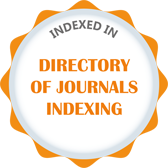
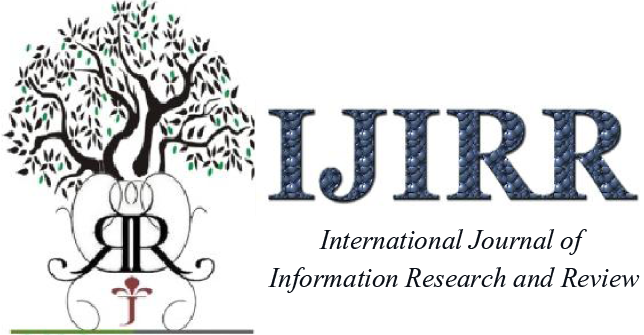



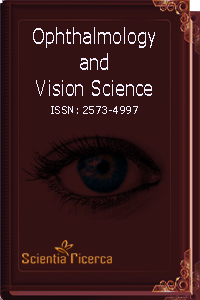
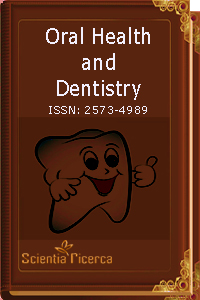
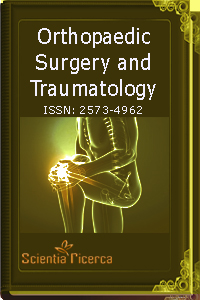

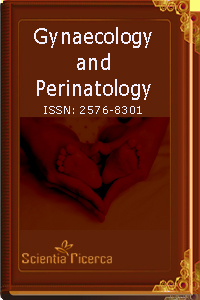
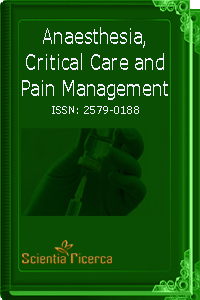
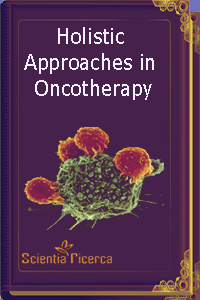
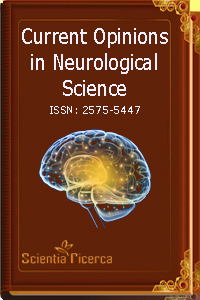
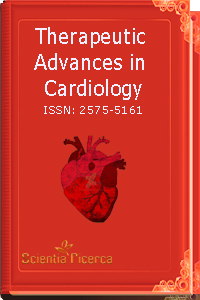

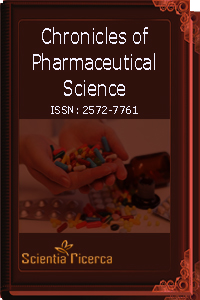


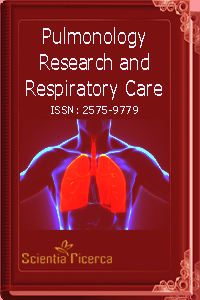
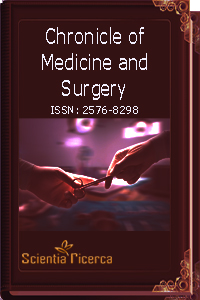
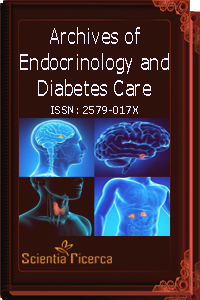


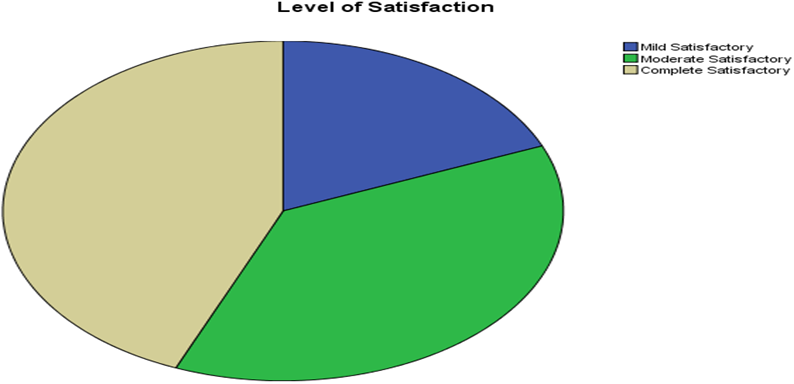
 Scientia Ricerca is licensed and content of this site is available under a Creative Commons Attribution 4.0 International License.
Scientia Ricerca is licensed and content of this site is available under a Creative Commons Attribution 4.0 International License.